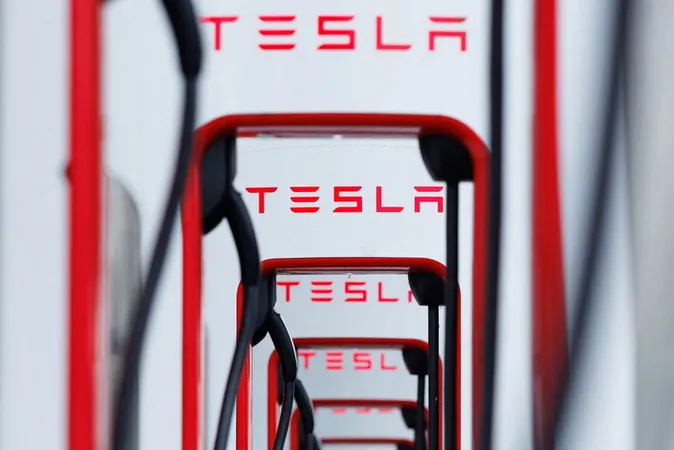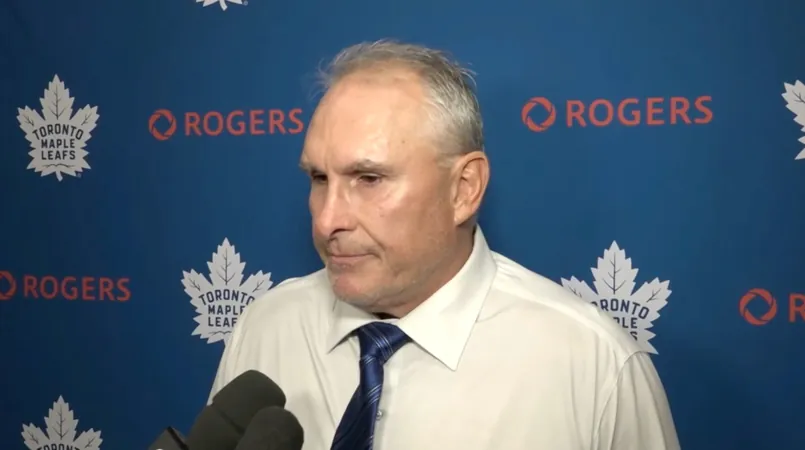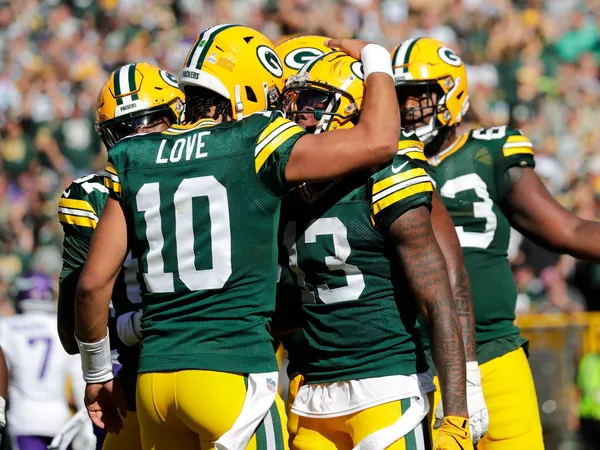
Tesla Bets Big on Controversial ‘Black Box’ AI Technology for Future Robotaxis
2024-10-10
Author: Noah
Tesla's Ambitious Reveal
Tesla is set to make headlines tonight with the much-anticipated reveal of its prototype robotaxi, dubbed the "Cybercab." This presentation comes after years of inflated expectations from CEO Elon Musk regarding the delivery of fully autonomous vehicles, which have yet to materialize. The launch attempts to bolster investor confidence amid declining sales and increasing competition, particularly from emerging Chinese electric vehicle manufacturers.
Skepticism from Industry Insiders
Despite the excitement, industry insiders are skeptical about whether this prototype will be a fully operational driverless taxi. Competing firms like Waymo are already operating functional robotaxi fleets in several cities, contrasting Tesla's yet-to-be-completed technology. Experts believe that persuading regulators and future passengers about the safety of Tesla’s vehicle could be a monumental challenge.
Tesla's Unique AI Technology
Tesla’s approach deviates from its major rivals by relying solely on a combination of computer vision and an end-to-end machine learning AI system. By mimicking human vision with cameras, the intent is to facilitate real-time decision-making in driving. However, this technology raises significant concerns. One identified flaw is the system's vulnerability with 'edge cases'—rare but critical situations that challenge autonomous systems. Critics note that Tesla’s singular strategy lacks the redundancy built into other autonomous solutions, which use additional sensors like radar and lidar for added security.
The 'Black Box' Concern
A former Tesla engineer described the AI framework as a "black box," complicating the identification of errors and failures when they occur. Unlike more traditional systems that provide clear insights into malfunctions, Tesla's technology makes it virtually impossible to discern the causes of misjudgments on the road. Jensen Huang, CEO of Nvidia, echoed these concerns, asserting that while end-to-end AI systems can yield superior driving decisions, they also entail heightened risks that need careful oversight.
Potential Rewards and Competitive Pressure
Despite the technological hurdles, the potential reward for Tesla is immense. Musk aims to transform the future of transportation with affordable robotaxis capable of navigating anywhere—essentially democratizing self-driving tech that has so far been limited to costly, expertly mapped areas. The question remains whether the company can overcome its existing limitations faster than its competitors, who are already deploying autonomous vehicles on public roads.
Investor Skepticism
Musk has drawn attention with bold predictions in the past, claiming that in 2016, Tesla would enable drivers to summon their cars from long distances by 2018, a timeline that has been missed. In light of these unfulfilled promises, investor skepticism is palpable, especially as Tesla shifts focus from mass-market electric vehicles to the elusive goal of fully autonomous robotaxis.
Data Collection and Safety Concerns
Meanwhile, Tesla has also emphasized its data collection advantage from a vast fleet of vehicles equipped with its "Autopilot" and "Full Self-Driving" features. These systems, despite their marketing claims, have been linked to numerous incidents, leading to investigations by authorities like the National Highway Traffic Safety Administration (NHTSA). Professor Missy Cummings, a robotics expert, warns that Tesla’s exclusive reliance on computer vision could be problematic, given the technology's 3% error rate in recognizing objects. Without additional sensors to ensure safety, the company must navigate serious risks associated with unseen pedestrians or obstacles.
Waymo's Approach to Safety
In contrast, Waymo has established itself as a leader in self-driving cars, operating under a framework that prioritizes safety through more sophisticated technology. The former CEO of Waymo stated, "One should be able to explain why an accident occurred," highlighting a significant gap in Tesla's current approach.
The Future of Tesla's Robotaxis
As Tesla embarks on this ambitious journey, only time will reveal whether it can successfully break through the barriers and deliver on the promise of self-driving robotaxis, or if it will be another chapter in a long history of unfulfilled ambitions from Musk. Investors and technology enthusiasts alike are left breathlessly watching as the story unfolds.









 Brasil (PT)
Brasil (PT)
 Canada (EN)
Canada (EN)
 Chile (ES)
Chile (ES)
 España (ES)
España (ES)
 France (FR)
France (FR)
 Hong Kong (EN)
Hong Kong (EN)
 Italia (IT)
Italia (IT)
 日本 (JA)
日本 (JA)
 Magyarország (HU)
Magyarország (HU)
 Norge (NO)
Norge (NO)
 Polska (PL)
Polska (PL)
 Schweiz (DE)
Schweiz (DE)
 Singapore (EN)
Singapore (EN)
 Sverige (SV)
Sverige (SV)
 Suomi (FI)
Suomi (FI)
 Türkiye (TR)
Türkiye (TR)